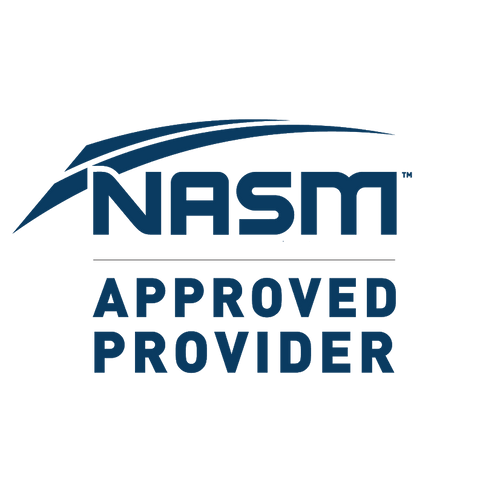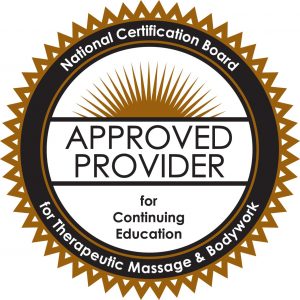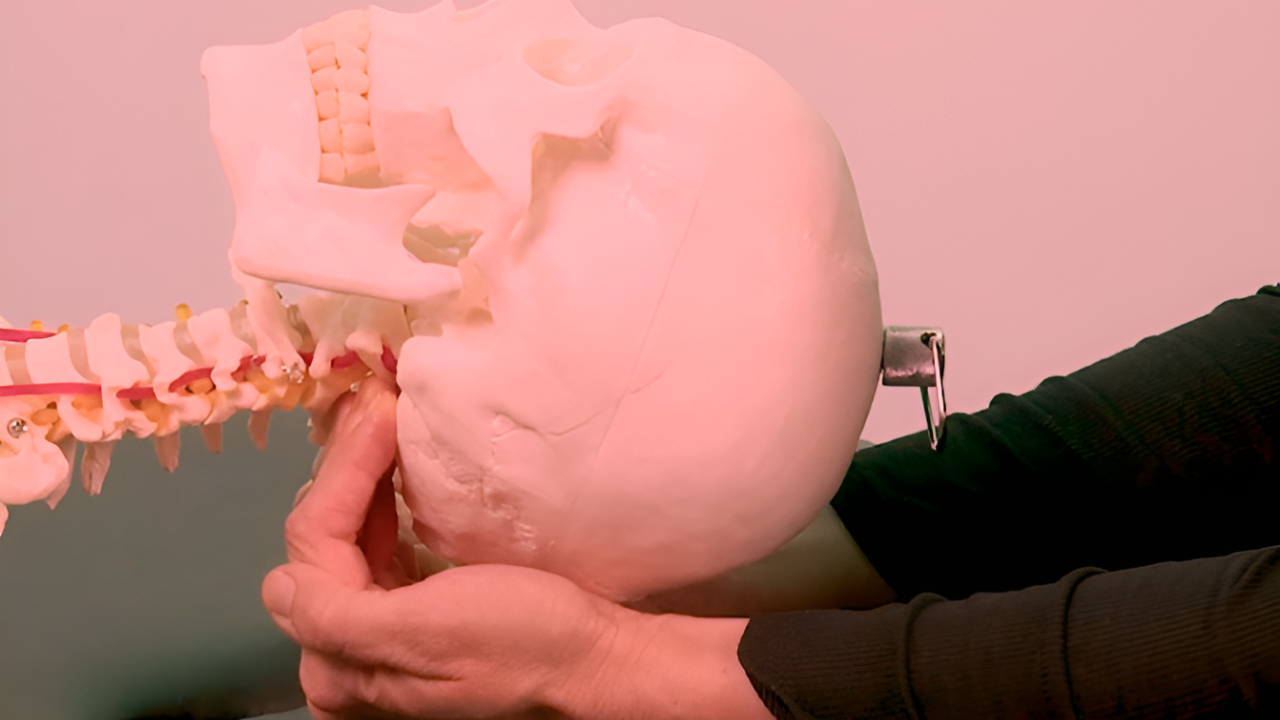Trigger Point Therapy - Treating Carpal Tunnel Syndrome (Self Help)
Carpal Tunnel - Taping may help provide relief and aid the healing process
CTS can usually be treated with manual therapy and self managed care
The carpal tunnel is located on the palm side of your wrist.
Its main role is to protect the most important nerve to your hand and the nine tendons that help bend your fingers.
When this nerve is compressed, it causes numbness, tingling and eventually hand weakness.
Various factors can contribute to the development of Carpal Tunnel Syndrome including the anatomy of your wrist, underlying health problems, and patterns of repetitive hand use.

Signs and Symptoms
Burning, numbness or itching in the palm of the hand and fingers. Sensation of finger and wrist swelling. Weakness of grip. Pain that may wake the individual during the night.
Complications if Left Unattended
Left untreated, CTS can cause loss of sensation in some fingers and permanent weakness of the thumb as the muscles of the thumb atrophy.
Heat and cold perception may also be affected in untreated CTS cases.
Immediate Treatment
Cease repetitive stress activity causing the condition. Immobilization of the wrist with bandage or splint to prevent further irritation.
Rehabilitation and Prevention
Halting the repetitive sport or activity and allowing for rest and rehabilitation time following diagnosis of carpal tunnel syndrome is essential.
A bandage or splint may be used to stabilize the injured hand. Releasing the tension in the wrist and hand during sports and periodic exercises to retain mobility and retard stiffness in the hands may help prevent the onset of CTS.
Trigger Points
Most cases of CTS are associated with trigger points. These trigger points may be causal or may become active as part of the body's natural protect and defend mechanism - as the body attempt's to "shut down" specific muscles to aid recovery.
CTS typically includes treating trigger points in the scalenes, trapezius, triceps, and the wrist flexor and extensor muscles.
Self Help
Stretching is an important part of the rehabilitation process and should begin as soon as pain allows and be continued throughout the rehabilitation program and beyond - good maintenance prevents re-injury.
The following program comprises muscle stretching (muscles of the forearm) as well as neural stretches, and is typical of the type of program that your therapist may recommend.
Use common sense when stretching or performing any exercises at home. Start slowly and stop if you feel more pain than you feel comfortable with.
Even simple stretching exercises can be dangerous if performed incorrectly. It's always best to seek suitable professional advice, especially if you haven't exercised for a while.

Neural Stretch (for ulnar nerve)
The ulnar nerve runs very close to the medial epicondyle (bony bit on the inside of the elbow), and may become trapped by scar tissue.
- Adopt the position shown above
- The stretch can be increased by placing something under the elbow to raise it up, which increases the amount the upper arm is lifted relative to the shoulder
- Hold stretch for 5 seconds, repeat 5 times and aim to stretch at least 3 times a day

Neck Stretch
- Place arms behind you
- With one hand, gently take the opposite hand
- Pull slightly to the opposite side
- At the same time, gently bend neck to the side - with forehead pointing down
- The neck should be bent to the side that the arm is pulling toward
- Hold stretch for 30-50 seconds and repeat on opposite side. Repeat 3 times on each side, twice daily.

Chin Tucks
• Sit up straight in a chair. Sit to the front, not against the back of the chair. Sitting up will help you to strengthen the muscles you need for good posture
• Think of lifting the crown of your head to the ceiling. Be careful not to tip the head back. Your chin should be parallel to the floor
• Without tipping the head in any direction, pull your chin and head straight back. You will feel a stretch in the back of your neck
How Often?

Prayer Position
• Start with your palms together in front of your chest, just below your chin
• Slowly lower your hands towards your waistline
• Keep your hands close to your stomach and your palms together, until you feel a mild to moderate stretch under your forearms
How Often?

Extensor Stretch
• Hold the arm straight out before you with the palm facing outwards
• With the opposite arm, pull fingers towards you for maximal stretch
How Often?
Hold stretch for 20-30 seconds and repeat 3 times, twice daily

Flexor Stretch
• Bend your fingers so that they are facing downwards
• With your opposite hand gently pull the fingers back towards your torso.
How Often?
Hold for 20-30 seconds and repeat 3 times, twice daily

Extensor Strength
• Hold position for two seconds, then lower
How Often?
Repeat 30 times, twice daily
Links
Find a Trigger Point Professional in your area
More Articles About Elbow Pain and Trigger Points
Treating Carpal Tunnel Syndrome
Dry Needling for Trigger Points
Certify as a Trigger Point Therapist
About NAT Courses
As a manual therapist or exercise professional, there is only one way to expand your business - education!
Learning more skills increases the services that you offer and provides more opportunity for specialization.
Every NAT course is designed to build on what you already know, to empower you to treat more clients and grow your practice, with a minimal investment in time and money.
Help Desk
About Niel Asher Education
Niel Asher Education is a leading provider of distance learning and continued education courses.
Established in the United Kingdom in 1999, we provide course and distance learning material for therapists and other healthcare professionals in over 40 countries.
Our courses are accredited by over 90 professional associations and national accreditation institutions including the National Academy of Sports Medicine (NASM) and National Certification Board for Therapeutic Massage and Bodywork (NCBTMB). Full details of all international course accreditations can be found on our website.
Printed course materials and other products offered on our websites are despatched worldwide from our 3 locations in the UK (London), USA (Pennsylvania) and Australia (Melbourne).
More About Us
NAMTPT AWARD
We are honored to have received the 2017 "Excellence in Education" Award from the National Association of Myofascial Trigger Point Therapists.
Since 1999 Niel Asher Education has won numerous awards for education and in particular for education and services provided in the field of trigger point therapy.
Read Full Article
Award Winning Instructors
Niel Asher Healthcare course instructors have won a host of prestigious awards including 2 lifetime achievement honorees - Stuart Hinds, Lifetime Achievement Honoree, AAMT, 2015, and Dr. Jonathan Kuttner, MD, Lifetime Achievement Honoree, NAMTPT, 2014.
Meet the Instructors
NAT Certification
If you are a qualified/licensed manual therapist or exercise/fitness professional you can expand your credentials with NAT certification.
In addition to national accreditation for continued education, each course that we offer includes "NAT Learning Credits". By taking and completing courses you can accumulate NAT credits to qualify for NAT certification.
There are currently 3 levels of NAT certification. Certifying NAT is a valuable way to show your clients that you take continued education seriously, and to promote your skills and qualifications.
About NAT Certification
Niel Asher Technique
Since 1999 the Niel Asher Technique for treating trigger points has been adopted by over 100,000 therapists worldwide, and has been applied to the treatment of a number of common musculoskeletal injuries.
The Niel Asher Technique for treating frozen shoulder was first introduced and published in 1997 and has been widely adopted by therapists and exercise professionals working within elite sports and athletics.
Read More
International Students
Most of our courses are available as either "Printed" or 'Download" editions. When you purchase a download edition, you receive immediate lifetime access to all course material. Course texts can be downloaded and printed if required.
When you purchase a "Printed" edition, you will also receive free access to the download edition.
We ship Worldwide from locations in the USA, UK, and Australia. Most items are despatched within 24 hours and shipping is FREE for all orders over US$50.
Shipping
This trigger point therapy blog is intended to be used for information purposes only and is not intended to be used for medical diagnosis or treatment or to substitute for a medical diagnosis and/or treatment rendered or prescribed by a physician or competent healthcare professional. This information is designed as educational material, but should not be taken as a recommendation for treatment of any particular person or patient. Always consult your physician if you think you need treatment or if you feel unwell.





Learn More for Less

Unlimited access to all courses for just $19.95/mo












